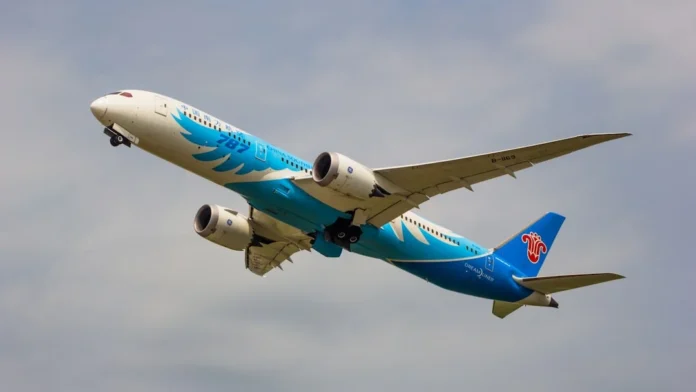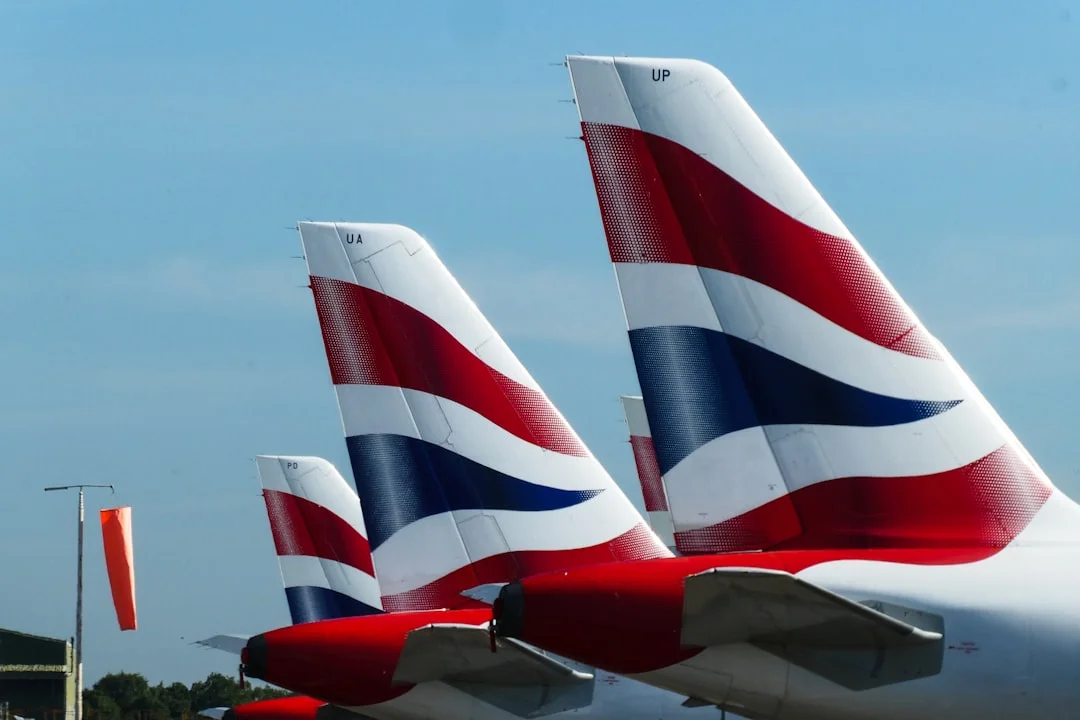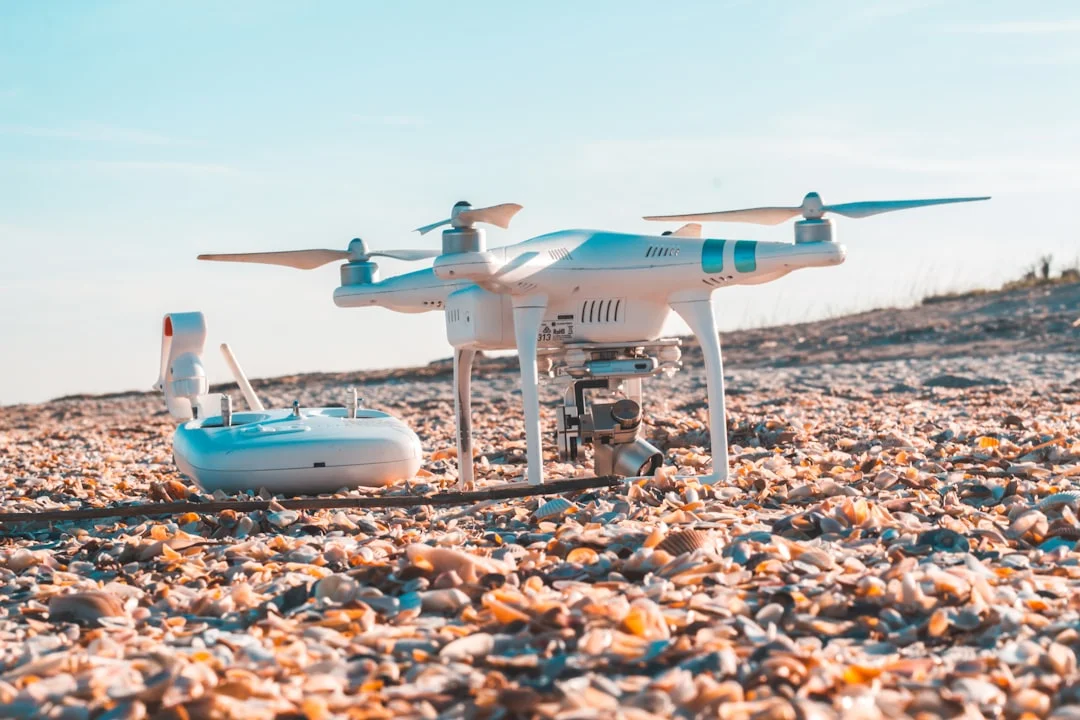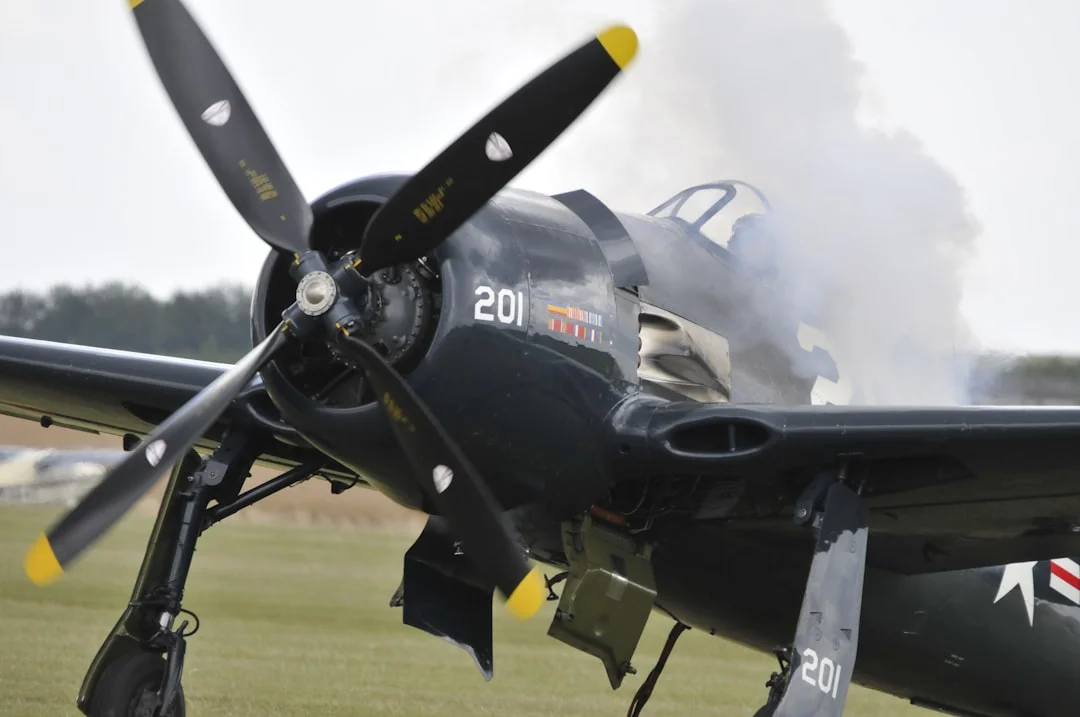What is Initial Approach Fix on Cessna 172? The Initial Approach Fix (IAF) is a critical navigational point that marks where a pilot flying the Cessna 172 begins the initial segment of an instrument approach procedure. This fix serves as the starting point for descending from enroute altitude to a lower altitude in preparation for the final approach. Understanding the role and operational aspects of the Initial Approach Fix is essential for pilots to safely and accurately execute approaches in IFR (Instrument Flight Rules) conditions.
The Cessna 172, a popular single-engine aircraft known for its reliability and versatility, is frequently operated in both VFR (Visual Flight Rules) and IFR environments. When flying IFR, pilots must follow specific procedures to intercept final approach courses, and the IAF acts as the designated point where such procedures initiate. This article will explore the technical nuances of the Initial Approach Fix on the Cessna 172, its importance, and how pilots leverage it for safe instrument approaches.
Understanding the Initial Approach Fix (IAF) in Instrument Procedures
The Initial Approach Fix (IAF) is an essential part of the approach phase in IFR navigation. It is typically a VOR (VHF Omnidirectional Range), NDB (Non-Directional Beacon), or a GPS waypoint strategically positioned near the airport to guide descending and aligning aircraft onto the final approach course. For the Cessna 172, which is often equipped with navigational avionics such as a Garmin G1000 or traditional nav radios, identifying and crossing the IAF accurately is vital.
From a technical standpoint, the IAF is the boundary between the enroute portion of the flight and the approach segment. Once a pilot reaches the IAF, the aircraft begins the predefined descent, following specific altitudes and courses defined on instrument approach plates. Altitudes at the Initial Approach Fix may vary significantly depending on the procedure; for example, minimum altitudes may range from 2,500 feet MSL to 3,500 feet MSL or higher, depending on terrain and airspace constraints.
Operational Importance of Initial Approach Fix on the Cessna 172
The operational execution of the Initial Approach Fix on a Cessna 172 involves rigorous adherence to approach charts and air traffic control (ATC) instructions. When the pilot reaches the IAF, they begin configuring the aircraft by reducing power to initiate descent and adjusting flaps as necessary while monitoring engine parameters. The relatively low cruise speed of the Cessna 172, generally around 110 knots indicated airspeed (KIAS) on final approach, allows for a controlled transition from cruise to approach configuration starting at the IAF.
It is also crucial to note that the IAF triggers the shift in navigation focus from enroute navigation aids towards local approach aids such as the localizer, glide slope, or GPS final approach segments. For example, during a VOR approach, the Cessna 172 pilot tunes the NAV radio to the appropriate frequency of the Initial Approach Fix VOR, uses CDI (Course Deviation Indicator) to stay on course, and descends to the published minimum altitude. Flight management systems, where available, may automate some of these processes, but manual cross-checks remain vital for safety.
How Pilots Use the Initial Approach Fix on Cessna 172
Pilots flying the Cessna 172 approach the Initial Approach Fix by referencing the published approach plates, which include altitude restrictions, course headings, and distance to the runway. On reaching the IAF, pilots typically confirm aircraft configuration changes, such as setting flaps to the first notch (usually 10 degrees) and adjusting power settings for descent. This initial segment typically covers a distance of 5 to 15 nautical miles, depending on the approach type and airport layout.
After crossing the Initial Approach Fix, pilots proceed to the Intermediate Fix (IF) and then on to the Final Approach Fix (FAF). The IAF provides positional awareness that aids pilots in managing descent profile and throttle control to maintain a stabilized approach path. Moreover, cross-referencing the GPS or NAV radio with the IAF waypoint enhances situational awareness and reduces the risk of spatial disorientation in low visibility. Pilots can find the official instrument approach procedure charts published by the FAA at the FAA’s Aeronautical Information Portal (Aeronav FAA).
In summary, the Initial Approach Fix on the Cessna 172 is a vital navigational point that initiates the approach phase, enabling pilots to manage altitude, course, and configuration changes effectively. Mastery of the IAF concept helps ensure safe and accurate approaches, crucial elements in IFR flight operations.
For More: What is TCAS on Cessna 172? (Traffic Collision Avoidance System)




